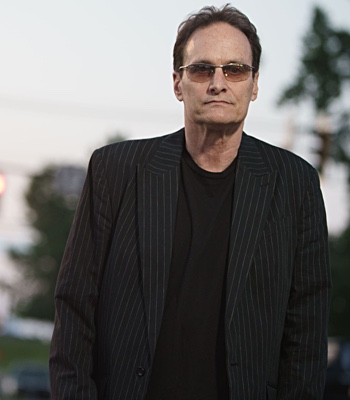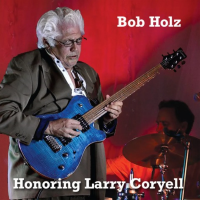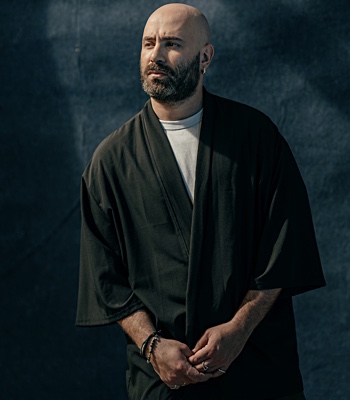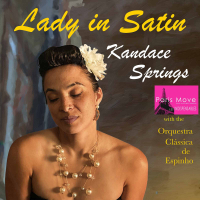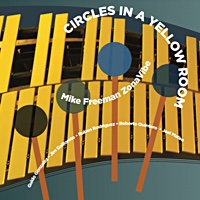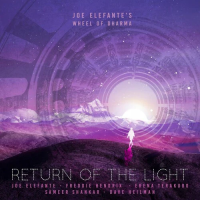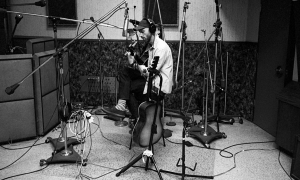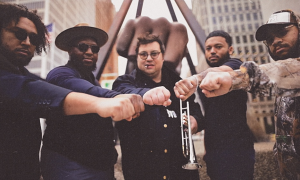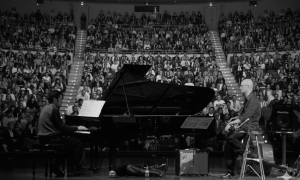The museum traces jazz from its roots to its appearance in myriad art forms, even in a Three Little Pigs takeoff: The Three Little Bops.
The Quai Branly Museum, a steel-and-glass palace on the Seine River, has news for the culture world: Three Little Bops is art.
The Looney Tunes cartoon from 1957 retells the Three Little Pigs as a jazz fable with music by trumpeter Shorty Rogers, a luminary of the West Coast school. The Big Bad Wolf is a lousy trumpeter trying to sit in with a swinging trio of pigs. He gets the bum's rush, blows down two clubs and ends up in hell after a mishap with TNT.
But the wolf's ghost returns wailing as sweetly as Rogers himself. The pianist porker proclaims the moral: “You gotta get hot to play real cool."
That animated nugget is part of a jazz-themed film montage in “The Jazz Century," a new exhibition here. The montage also features a stylized 1944 short, Jammin' the Blues, with all-stars led by Lester Young on sax and cigarette. And -- bien sur -- Jerry Lewis cavorts with the Harry James Orchestra in The Ladies' Man.
The exhibition, which opened three weeks ago, explores a 20th century musical revolution that had a profound influence on other art forms. The African American roots of jazz explain the setting: The 3-year-old Quai Branly is dedicated to ethnic and indigenous arts of the Americas, Asia and Africa.
“It's more poetic than scientific," said Daniel Soutif, the curator, as workers put final touches on display cases last month. “Jazz infected other arts, leaving traces everywhere: painting, film, comic books, literature, even classical music. This isn't musicological. You won't find Louis Armstrong's trumpet."
Until June 28, though, you'll find sounds and images of Armstrong, Ella Fitzgerald, Miles Davis and other giants in many incarnations, almost 1,000 works in a time-travel promenade through 10 chronological rooms: pre-1917 New Orleans, the swing era, postwar bebop and so on. Forty listening posts, starting with a scratchy “Maple Leaf Rag" from 1898, create a pleasant cacophony.
As Soutif admits, the approach is eclectic. Connoisseurs will enjoy obscure treasures such as magazine articles tracking Duke Ellington through the years. A French piece from 1928 begins with Ellington's mother answering the door of his apartment one afternoon and waking up the night-owl genius for the interview. Twenty-four years later, the mature bandleader poses suavely for an Ebony cover with a curious juxtaposition of headlines: “The Most Exciting Women I Have Known" and “White by Day, Negro by Night."
Other displays celebrate faded art forms: illustrated sheet music covers, posters for concerts and films. The work of graphic artist Marvin Israel adorns four album covers from the early 1960s, psychedelic melting images of Charles Mingus, John Coltrane, Sonny Stitt and Milt Jackson.
Generations of photographers capture poetry in faces. Ben Webster, an aging lion, broods in a Paris dressing room in a photo by Guy Le Querrec in 1968. Billie Holiday comes off as rowdy yet dignified in a 1949 shot by Carl Van Vechten.


